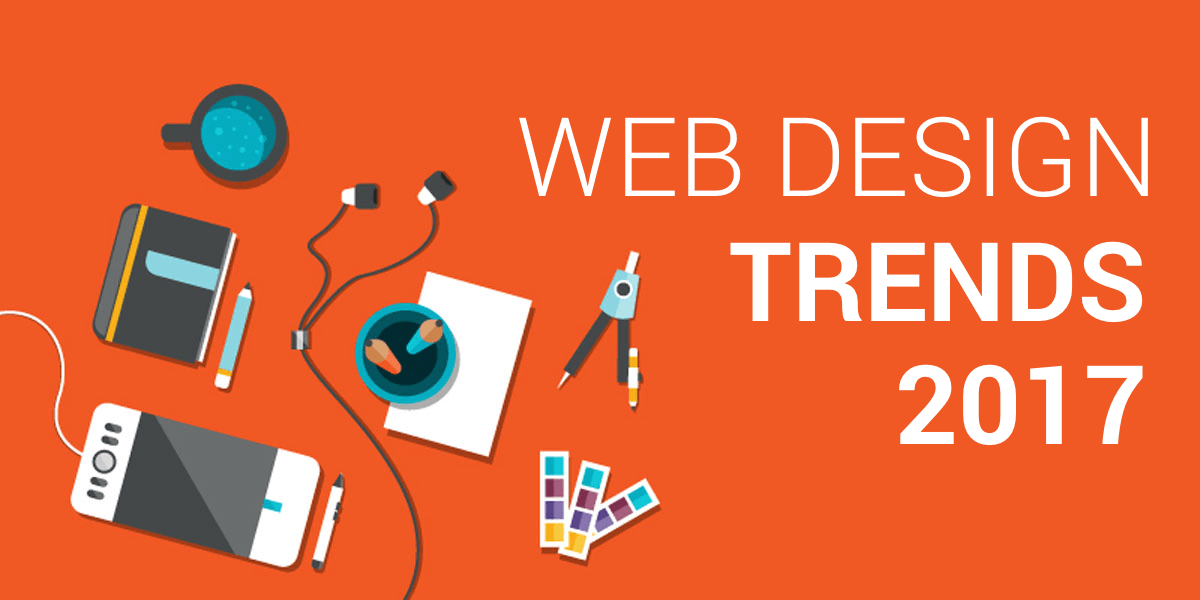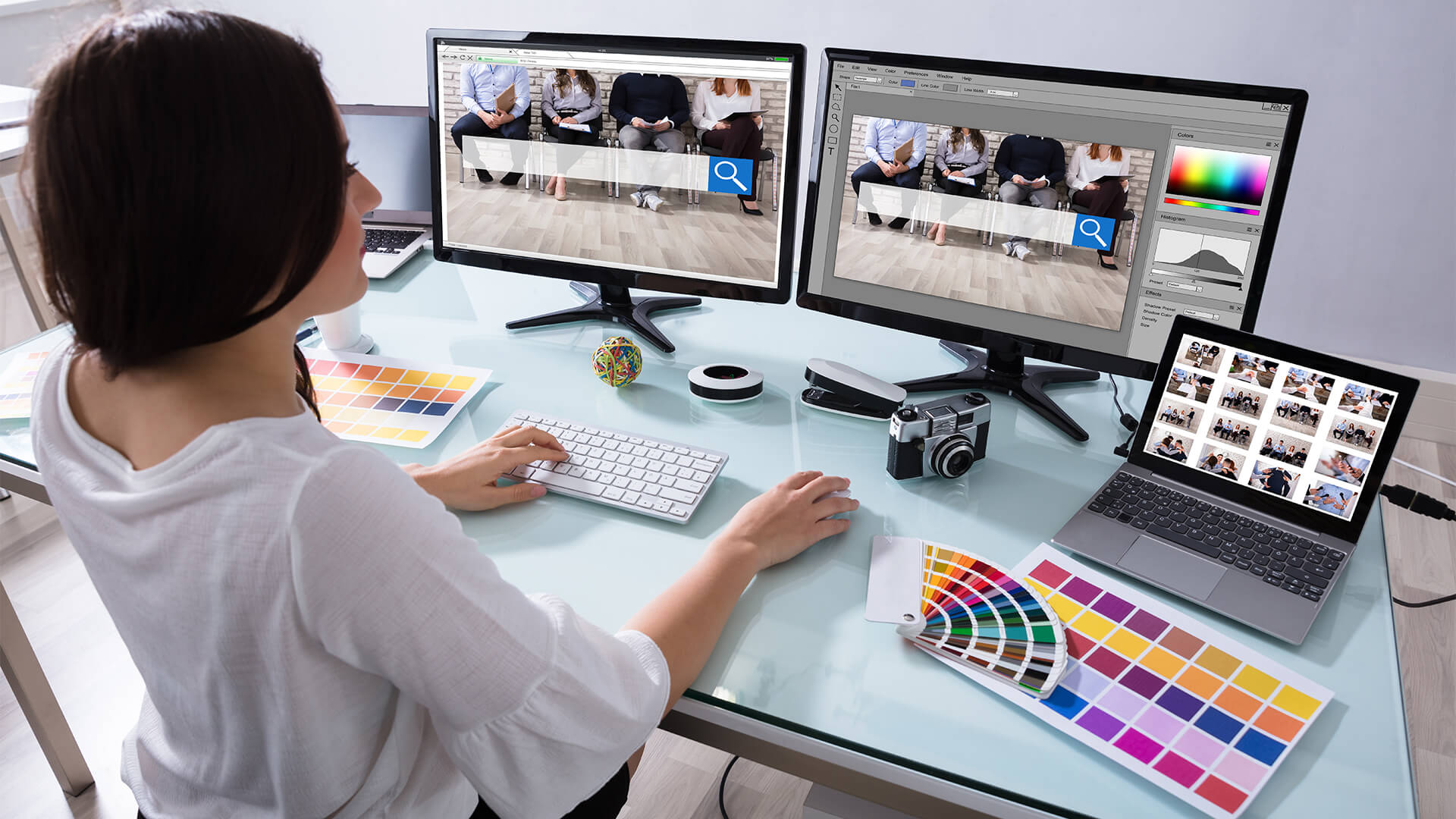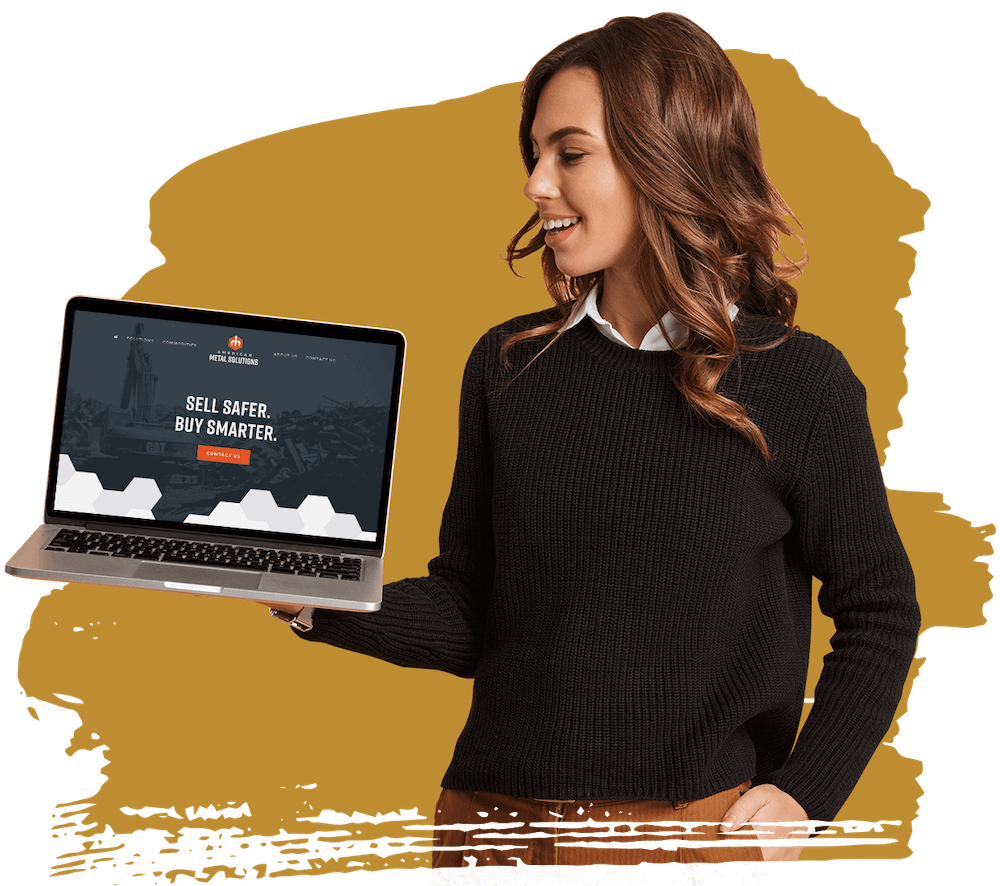Professional Aligned Position Web Design: Custom Websites Tailored to Your Business Needs
The Very Best Sorts Of Web Design to Boost User Experience and Interaction
In the ever-evolving landscape of digital interaction, the efficiency of Web layout substantially influences user experience and engagement. Different style strategies, such as minimalist, responsive, and interactive formats, each offer distinct advantages that can provide to varied customer demands.
Minimalist Website Design
As electronic landscapes come to be significantly chaotic, minimal Web layout has emerged as a powerful approach to enhancing user experience. This design viewpoint focuses on simpleness, focusing on important aspects while getting rid of unnecessary interruptions. By utilizing ample white room, uncomplicated navigation, and a limited shade scheme, minimalist design cultivates quality and guides user focus to vital web content.
The core principle of minimalist website design is to create a smooth communication for users. By reducing cognitive lots, individuals can swiftly grasp details without feeling bewildered. This direct approach not just improves use however also motivates engagement, as site visitors are much more most likely to check out a website that is very easy and visually enticing to navigate.
In addition, minimalist style typically emphasizes typography and images, making use of these elements tactically to share messages effectively. In essence, minimalist Web style is not simply a fad; it is a thoughtful methodology that recognizes the value of user-centered style.
Receptive Web Layout
In today's varied digital environment, responsive Web style has actually come to be important for producing a smooth user experience across a plethora of devices. As users gain access to internet sites on mobile phones, laptops, tablet computers, and desktops, the capacity of a web site to adapt its layout and web content to various screen sizes and resolutions is critical.
Responsive Web style utilizes versatile grids, pictures, and CSS media questions to guarantee that Web content exists ideally, despite the tool used. This approach not only enhances the visual allure of a website but also substantially enhances functionality. Individuals are more probable to engage with a website that supplies a regular experience, as it eliminates the disappointment of needing to zoom in or scroll excessively.
Moreover, online search engine, consisting of Google, focus on mobile-friendly websites in search positions. By adopting receptive style, businesses can boost their exposure and get to a wider target market. This method also streamlines website upkeep, as a solitary version of the website can satisfy all tools, decreasing the need for several variations. In summary, receptive Web layout is a fundamental method that improves customer experience, interaction, and total complete satisfaction.
Interactive Website Design
Responsive Web layout lays the groundwork for improving customer experience, however interactive website design takes this a step additionally by involving users in a much more vibrant means - Aligned Position Web Design. By incorporating aspects such as computer animations, clickable prototypes, and real-time comments, interactive Web layout captivates individuals, attracting them right into a richer browsing experience
This technique not only promotes involvement however additionally urges users to check out content actively instead than passively consuming it. Methods such as gamification, where individuals make benefits for finishing jobs, can substantially enhance the time invested on a website and improve overall satisfaction. Additionally, interactive functions can simplify complicated information, making it a lot more delightful and absorbable.

Incorporating interactive style components can also bring about higher conversion prices, as users are more probable to engage with a site that proactively entails them. Aligned Position Web Design. Eventually, interactive website design transforms user experiences right into remarkable trips, making sure that site visitors return time and again
Flat Style
Defined by its minimalistic strategy, level layout stresses navigate to this site simplicity and functionality, removing unnecessary aspects and focusing on vital functions. This style ideology focuses on use, making certain that customers can browse user interfaces easily and efficiency. By using a tidy aesthetic, level style removes the mess typically located in much more elaborate styles, thus enhancing user emphasis on web content and performance.
The trademark of flat design hinges on its usage of strong colors, simple typography, and geometric forms. These aspects add to a visually go enticing user interface that is both contemporary and approachable. In addition, flat design cultivates a feeling of clarity, allowing customers to determine vital actions and details without diversion.
In addition, flat layout is particularly reliable in responsive Web style, as its simplicity equates well across numerous gadgets and display sizes. By focusing on crucial functions, level design not only fulfills customer needs but likewise urges smooth interaction, making it a crucial part of effective Web style methods.
Flexible Website Design
Adaptive Web design personalizes the individual experience by developing multiple repaired designs customized to various display dimensions and devices. Unlike responsive style, which fluidly changes a solitary format, flexible design employs distinct designs for certain breakpoints, ensuring optimal presentation on different platforms. This technique permits developers to concentrate on the distinct attributes of each tool, boosting use by providing precisely what users require based upon their context.
Among the key benefits of flexible website design is its capacity to optimize load times and performance. By serving tailored content and images that fit the user's gadget, internet sites can decrease information use and improve loading speeds. This is especially advantageous for individuals with slower see here now links or restricted information plans.

Additionally, flexible style helps with an extra consistent and regulated branding experience. Because developers produce multiple designs, they can guarantee that the visual components align with the brand name's identification across various systems - Aligned Position Web Design. This results in a cohesive individual experience, improving involvement and promoting customer retention
Verdict
Minimalist design fosters clarity and emphasis, while receptive layout makes sure versatility across various devices, advertising accessibility. Collectively, these layout comes close to add to the development of user-friendly environments that not only improve satisfaction but additionally drive greater conversion rates, highlighting their vital significance in contemporary Web style techniques.

Minimalist design fosters quality and emphasis, while receptive design makes certain flexibility across different devices, promoting availability. Jointly, these design approaches add to the creation of straightforward settings that not just improve fulfillment however likewise drive greater conversion rates, highlighting their important relevance in modern Web style techniques.